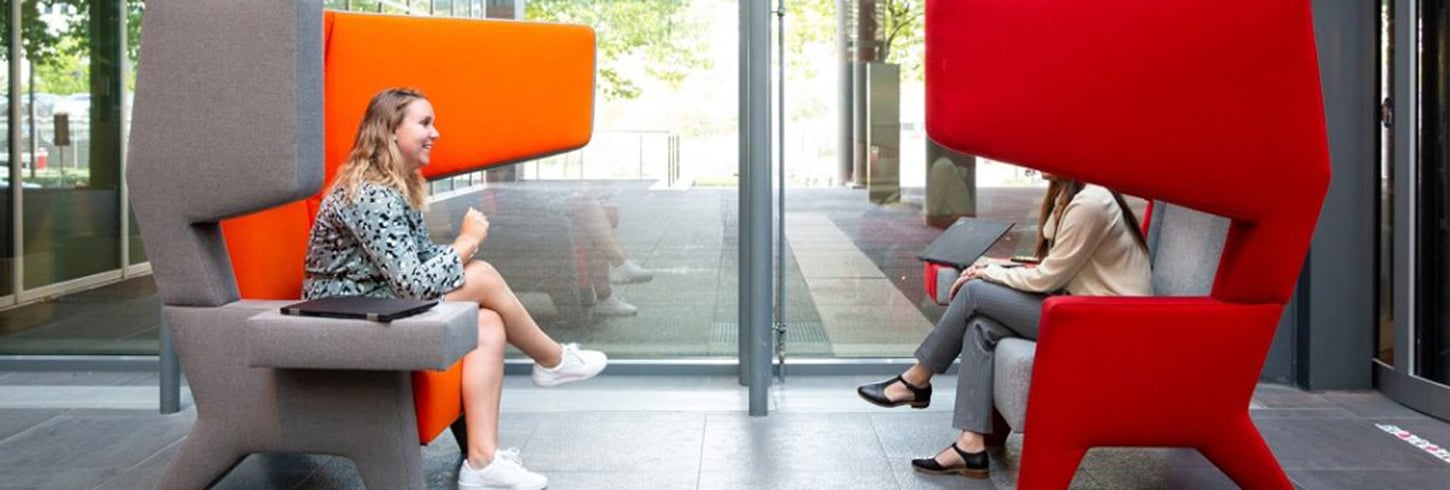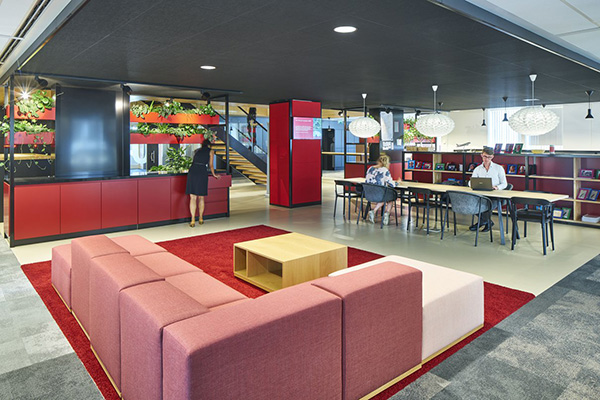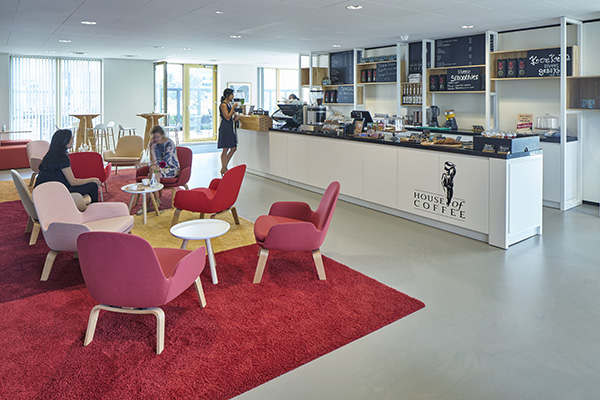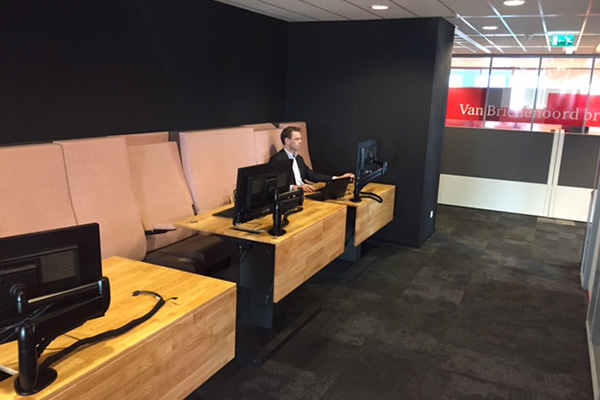

PwC Netherlands
A Journey Towards Activity Based Working

Case Study Overview
Case Study Overview
An internal recommendation from previous work with PwC Australia
Organisation: PwC Netherlands
Location: Rotterdam, Netherlands
Employees: ~1000 in Rotterdam pilot
Office Footprint: 16,000 sqm
Key Concepts: Transparency, Collaboration & An Employer for the Future
Piloting ABW in Rotterdam Before Rolling Out to All Locations in The Netherlands
The Back Story
The Back Story
Back in april 2013, when Maurice Verwer started as FM Director at PwC, he found a workplace that didn’t suit a young and innovative organization, such as PwC. The average age of our colleagues was around thirty years. He was already familiar with new ways of working from previous roles, but his biggest challenge was how to get this topic on the agenda within PwC.
"As if it was written in the stars, I received a call from my Australian colleague, who introduced me to Luc Kamperman, managing partner at Veldhoen + Company. He told me Luc had helped PwC Australia to develop and implement activity based working successfully in the previous years," tells Verwer.
In consultation with our HR director, Veldhoen + Company supported him in writing a proposal for the managing board. They were convinced and gave approval to co-develop an ABW concept for PwC Netherlands. We decided to apply this concept initially to our Rotterdam office (ca. 1,000 employees) for learnings and to generate excitement for the new way of working. At the time, they were also refurbishing our Utrecht and Amsterdam offices, all according to the ABW concept they built for PwC Netherlands.
The Goals of ABW
PwC Netherlands attained both the quantitative and the qualitative goals. They used the Leesman Index to measure the effectiveness and satisfaction of different offices, and the Rotterdam office has received very good reviews. Verwer explains, "Furthermore, we believe that we have increased internal transparency, increased collaboration between teams and herewith we have improved our image as a modern employer."
In this sense, the philosophy of ABW came at the right time, as PwC was already looking for new ways of attracting and retaining top talent.

The Challenge
Both the ABW concept, as well as the implementation of the behavioural changes that are needed to change people’s work routines, are very solid. However, PwC's biggest challenge is to keep the look and feel of our offices up to date. "We don’t see ourselves as the Google’s and Facebook’s of this world, so we are seeking the right balance between a formal and informal appearance," explains Verwer.
Obviously, opinions about where that balance should be still differ, but overall the view on this has changed towards a more informal appearance over the years and we're positioned to embrace it.

Some Surprises
With the change to an ABW office, PwC Netherlands have no more private offices for partners and directors – obviously this presented several challenges, but in the end turned out very positively and the challenges were not what they had anticipated!
Some younger colleagues in the organization found it difficult to have to sit next to a partner or director. So, on one hand ABW has helped to build collaboration and connection, while on the other hand, being more connected to partners and directors turned out to be somewhat intimidating. In the end, both groups needed to get used to the new situation.
Somewhat of a surprise was that new occupancy measurements, using real-time sensors, showed that in 2016 the occupancy in Rotterdam rose from 40% to over 55%. The initial intention was to increase occupancy to 70%, so there’s plenty of room to further improve the efficiency of use of our current workspace.
However, cost savings on footprint was never the main goal of implementing ABW at PwC, so those savings was merely a positive additional outcome.

